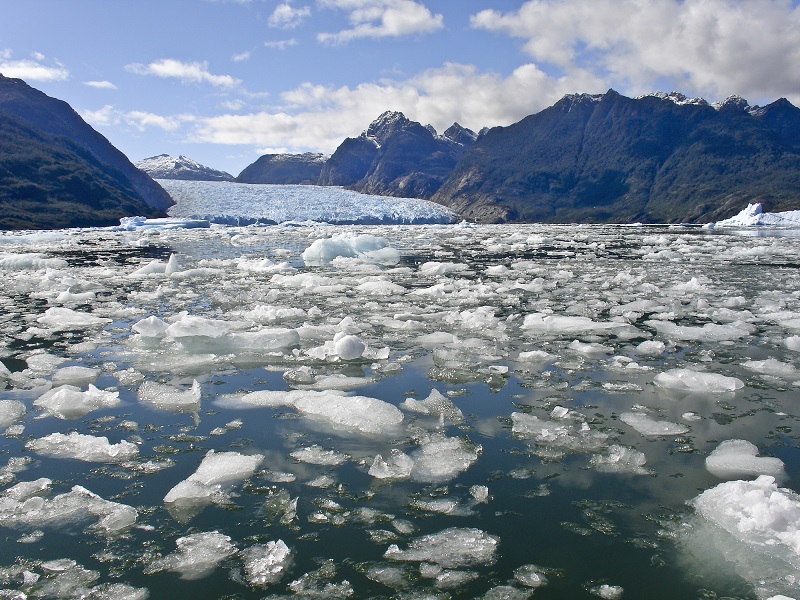Sea Level Rising and its effects on your surf spot
Yes it will. As the swell approaches a coastline and comes into contact with the ocean floor, the wave will start to slow down. Some of the waves’ energy will be lost through contact with the ocean floor. The shallower the water becomes the slower the waves move. As waves slow down they squash together. (i.e. the waves shorten their wave period.) This process is know as shoaling and will result in increasing wave height. The steeper the ocean floor gradient, the more pronounced the wave’s height will start to increase.
The increase of wave height begins to occur at depths of around one half of the wavelength. So, Great surf instructors will teach surfing and sup students that: modern satellite observations available beginning in 1990s provide more accurate sea level data and global coverage, This decade-long satellite data set shows the sea level has been rising at a rate of around 3 mm yr. much higher than an average during our previous 1/2 century.
Beach tide gauge measurements also show this observation, and will indicate similar rates occurred in some earlier decades. Our satellite observations and hydrographic observations clearly show our sea level is not rising uniformly all around our world. Notice that some regions rates are up to many times the global mean rise, although in other regions our sea level is falling. Very large variation in rates of ocean level changing is also shown from hydrographic measurements.
The rates of sea level rise are really due to non uniform changes with our temperature and with salinity, also related to changes in the ocean circulation. Surfing instructors and surf students also sup instructors and sup surfing students will need to know that the action of the ocean bed slowing our bottom part of the wave that causes our wave to break. All gently sloping approaches cause the bottom of a wave to drag and results in the top of our wave prematurely overtaking the bottom of the wave, resulting in the wave breaking in deeper water. These mushy waves won’t be steep and will lack suck. When you’re learning to surf, this type of wave are what you surf. Surfing will change with the rising ocean level, because there will be different heights along the coastline, bringing new surf spots and eliminating old ones.

